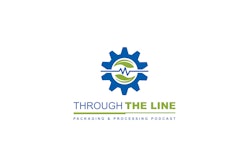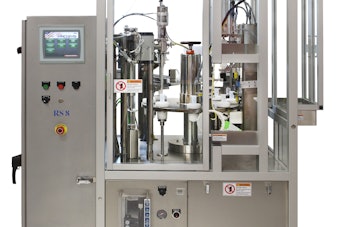
But marketing claims and brand names still overshadow critical fine print on nonprescription medications, Michigan State University researchers found.
In a study to be published in the Proceedings of the National Academies of Science, MSU researchers examined the effectiveness of two required warnings on over-the-counter (OTC) medications--specifically, their relative prominence and conspicuousness.
“We wanted to quantify how well warning statements in over-the-counter drug packaging were working to convey information to consumers,” explains Laura Bix, an assistant professor in the MSU School of Packaging. Bix, the study's lead author, is a Michigan Agricultural Experiment Station (MAES) researcher. “To be effective, warnings about the lack of a child-resistant feature or those that alert consumers to potential tampering of the product need to be read and comprehended at the time of purchase.”
Medicine labels carry brand identification and descriptions of contents; information on quantity, ingredients, and dosage; directions; bar codes; price; and warning statements. Federal regulations require packages that do not have a child-resistant feature, for example, to conspicuously state that the product is not intended for homes with small children. Packages such as these are blamed by the Consumer Product Safety Commission for a number of child poisonings every year.
Bix and her colleagues quantified the relative prominence and conspicuousness of five label elements on the packages of OTC pain-killers: the tamper-evident warning, the child-resistant warning, the brand name, the drug facts information, and statements of claims such as “extra strength.” They also evaluated how well test subjects remembered information presented on the product packaging.
Using an eye-tracking device, the researchers found that people spent the most time looking at the brand of the product, devoting significantly less time looking at the tamper-evident and child-resistant warnings. Study participants also recalled the brand of the products at a higher rate. Two-thirds of the participants recalled one or more brands that they viewed during the course of the study, but only 18% recalled warnings related to alcohol, and 8.2% recalled that the product was not to be used in households with young children. Not one recalled warnings about tamper-evident features.
The researchers also found that the brand and product claims were significantly more legible than the warning statements. They noted that the higher legibility of the brand name wasn't surprising, given the importance of brand identification in purchasing decisions.
“Little specific guidance exists from the federal government regarding what it means to be 'prominent' or 'conspicuous,' yet, these terms are used frequently in the regulations that dictate labeling for a variety of products,” Bix says. “Our findings call into question whether these warnings are working, but do not indicate why. An array of reasons should be investigated: these could include design and graphics, consumer experience and previous knowledge, and whether consumers recognize the potential consequences of missing or disregarding this information.”
“Finding effective ways to get people to read and heed warnings on over-the-counter drugs is critical to their safety and well-being as well as those around them--especially children,” says MAES director Steve Pueppke. “This research is an important step toward using consumer-focused science to improve design and labeling elements for these medications.”
Follow-up research being conducted by one of Bix's graduate students, Raghav Prashant Sundar, studies the same noticeability, recall, and legibility issues for prescription drugs bearing prescription warning labels that are often applied at the pharmacy.
Bix's study can be viewed at the Proceedings of the National Academies of Science Web site at www.pnas.org this week.




















